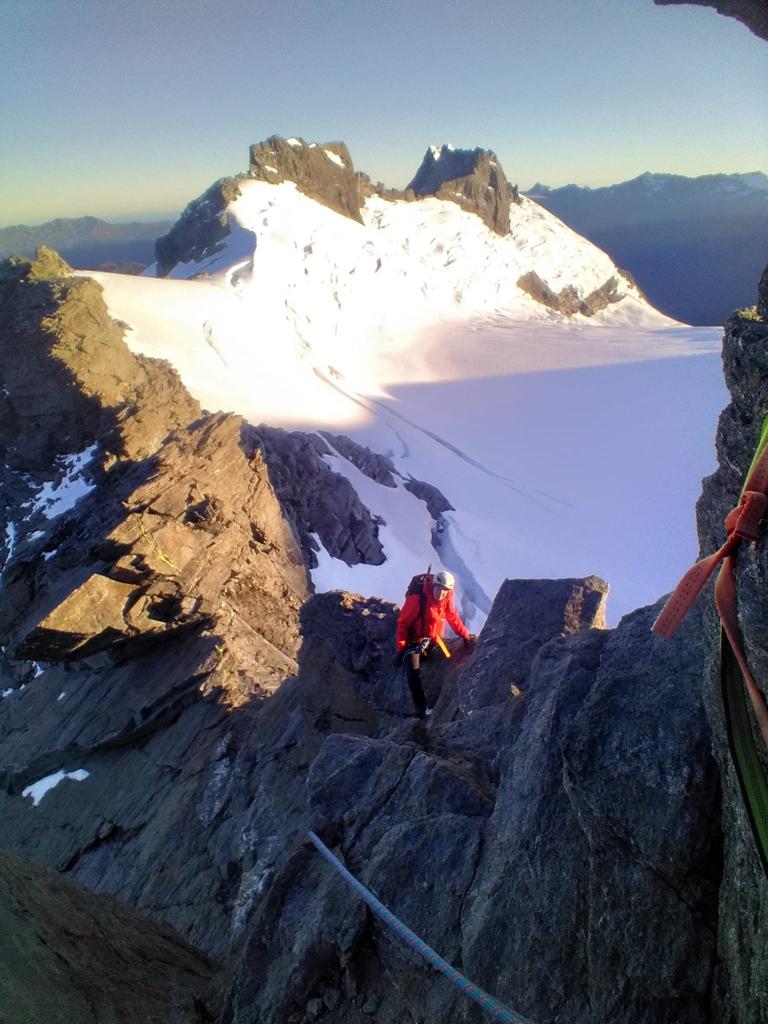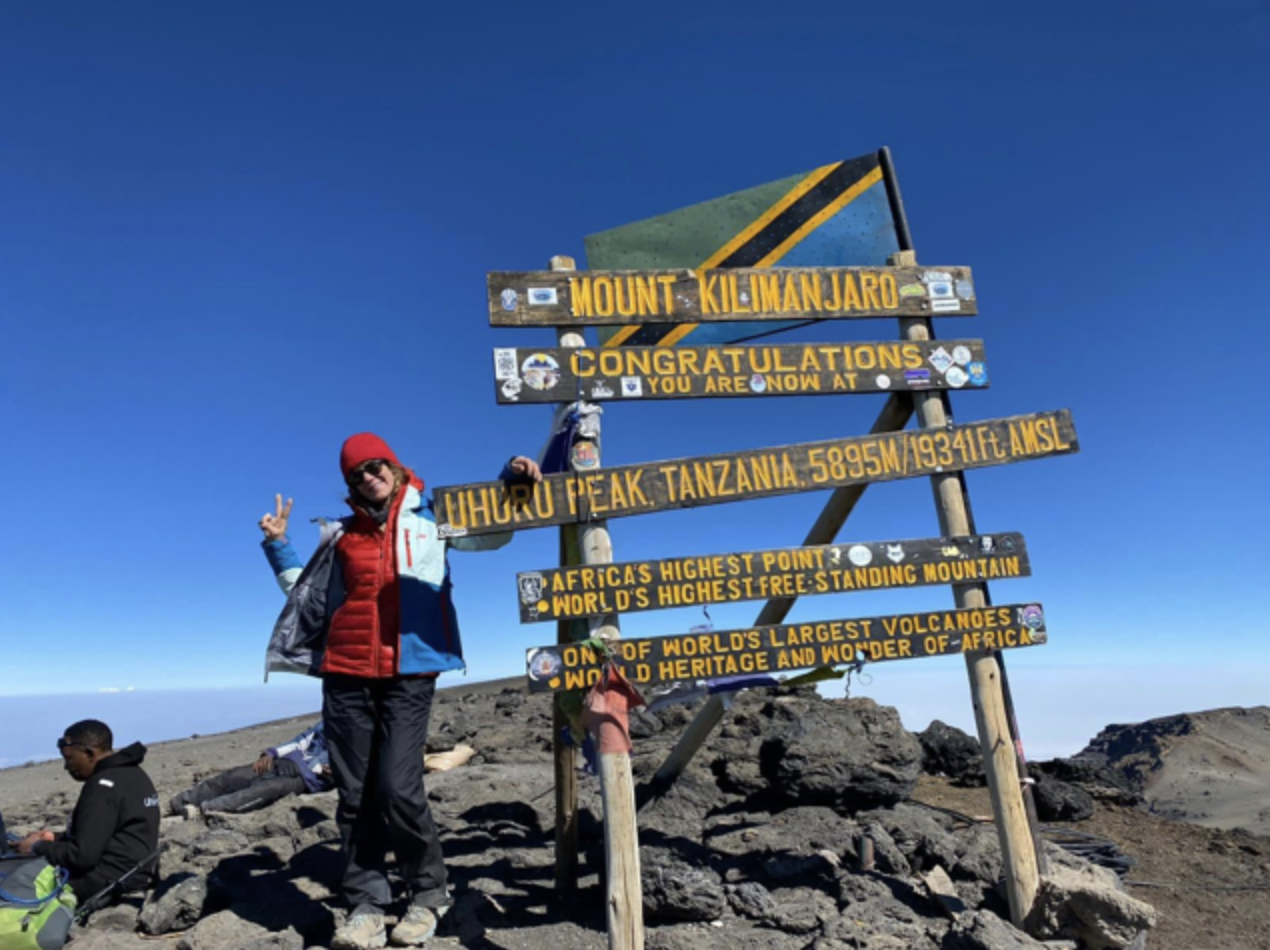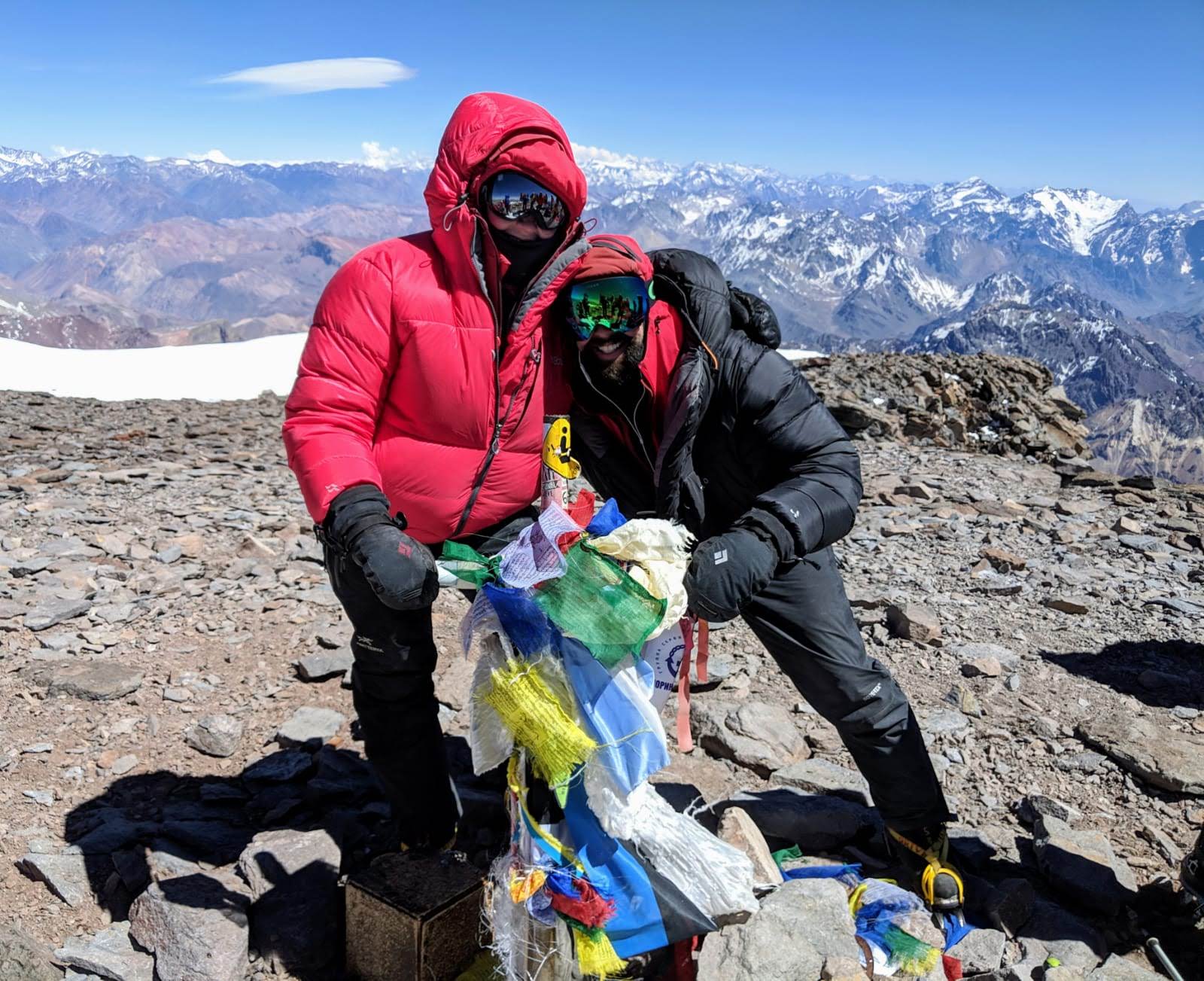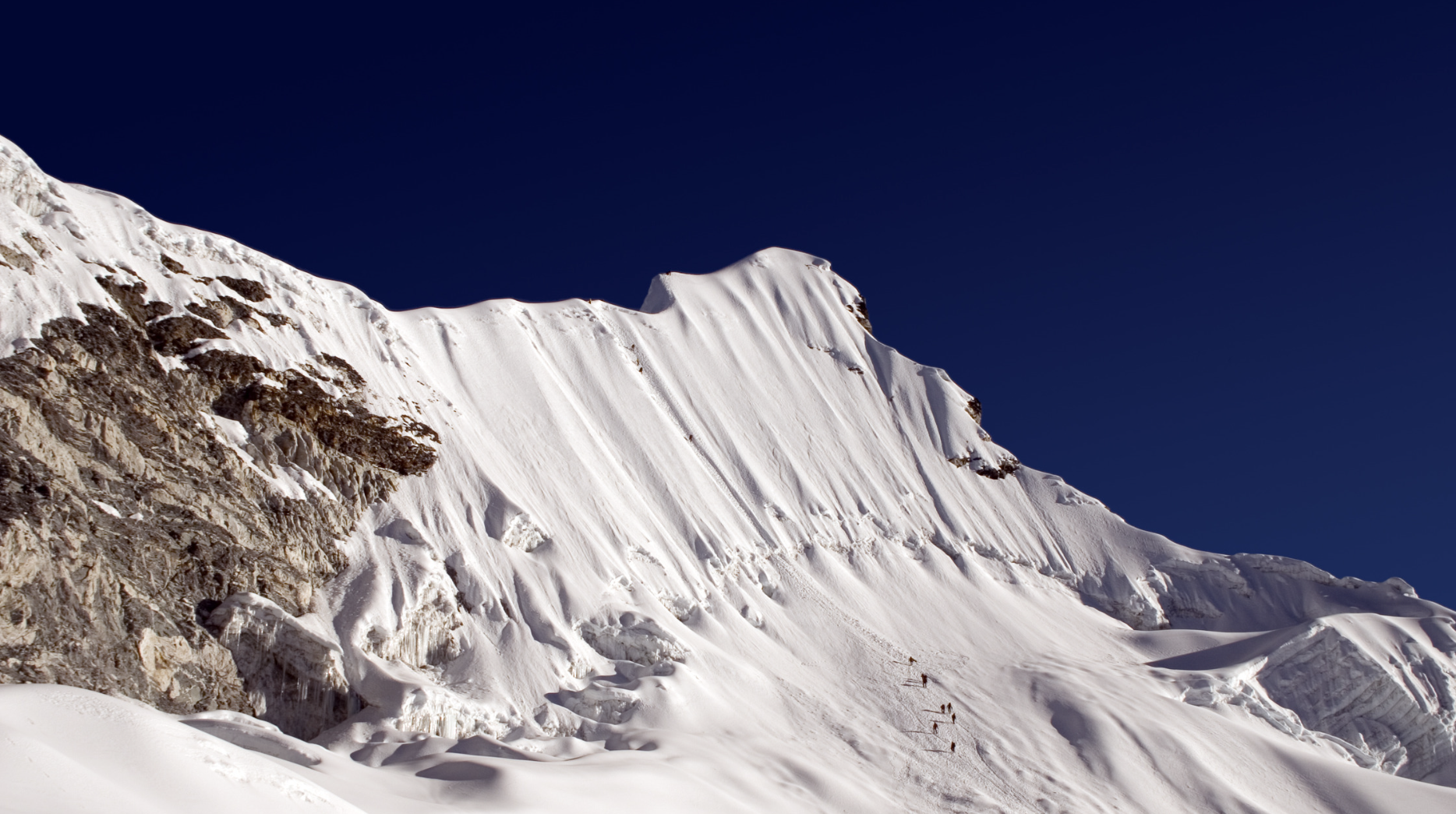Location: Nepal
Summit Altitude: 6,476m
Climb Duration: 18 days
General Information
Easily confused with Meru (note the “u”) Peak, Mera Peak is the perfect stepping stone for climbers and trekkers wanting to gain more experience with the technical aspect of mountaineering. Although it is classified as a trekking peak, there are aspects to the climb that require you to have some of the basic skills required to climb a peak like this. For example, trekking in B2 mountaineering boots, crampons, using a harness and being able to self-arrest with your ice axe. Don’t worry if you haven’t got these skills, most tour providers set aside time to teach you on one of the acclimatisation days.
Mera actually has two summits, Mera Central (6,461m) and Mera North (6,476m). The latter being the true summit. However most tour providers choose to climb Mera Central for one very important reason. Safety. Mera North is less steep than Mera Central in terms of its gradient, which makes it more prone to avalanche risks. Don’t expect to see any tour providers offering to climb to Mera North for this very reason.
On a clear day, you can see five of the six highest mountains on Earth from Mera:
- Cho Oyu (8,201m)
- Lhotse (8,516m)
- Everest (8,848m)
- Makalu (8,463m)
- Kangchenjunga (8,586m)
Mera is a beautiful peak to climb and a wonderful introduction to the big mountains of the Himalayas. It is utterly inspiring to climb in the realms of some of the highest mountains on Earth. If Mera is on your mind and you’ve found yourself here, reading this, take it as a sign and just book the trip. It will be the adventure of a lifetime!
Logistical Information
The best time of year to climb Mera Peak is between September to December and March to June. Mera Peak is located in the Mahalangur section of the Himalayan mountain range. The best way to get there is a small flight from Kathmandu (45 minutes) to Lukla.
Depending on the route you take, you will cover roughly 126km, passisng beautiful, historic glaciers, bamboo forests, crevasses, green valleys and of course a snowy summit.
Mera Peak has 3 different routes to the summit. All 3 have different factors and challenges to take into consideration. For more information about the exact route, please read this:
The 3 Routes To The Summit Of Mera Peak
Despite Mera Peak being classified as a trekking, non-technical mountain, you should still be planning a considerable amount of time to train and prepare for it – I’d suggest a minimum of 16 weeks. You cannot expect to summit this incredible, remote peak without training for it. The more trained you are, the more fun this incredible adventure will be. Training properly for it will be the difference between you enjoying every moment or struggling through each step wishing for it to be over.
Mera Peak is known for its tough weather conditions, glacier crossings and extreme altitude, which makes training properly even more essential and without wanting to sound dramatic, these conditions do make it critical to be in your peak physical condition for your safety and the safety of your teammates.
For a dedicated and specific training plan for Mera Peak, checkout this blog:
How To Train For Mera Peak PLUS The 16-Week Mera Peak Training Plan

If you’d prefer to work with a High Altitude Training Coach then click here for more information about The Mountaineering & Trekking Training Program.





